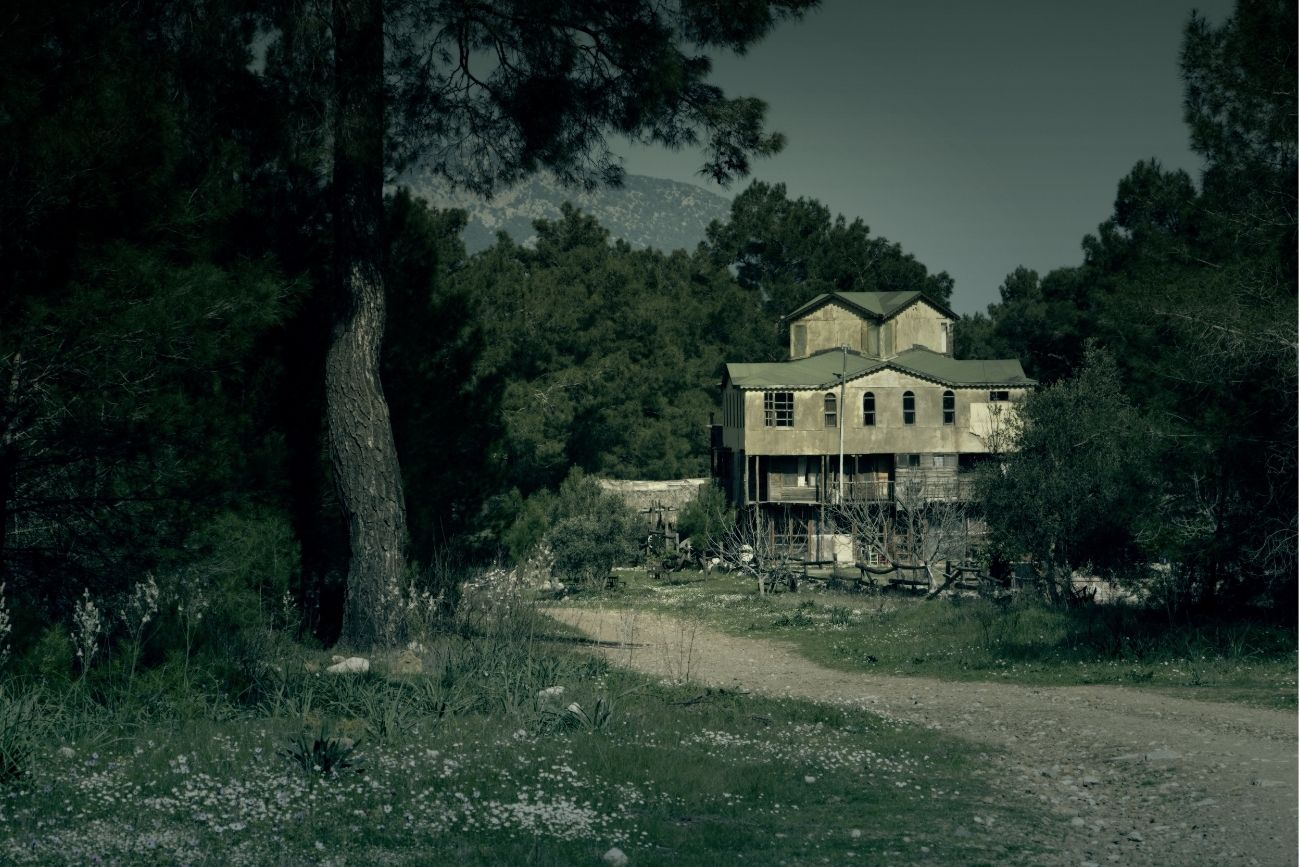
15 Cultural Phrases to Understand Latin American Traditions
Latin American traditions are a vibrant blend of Indigenous, European, and African influences. This cultural fusion has created unique expressions that reflect values like family unity, resilience, and optimism. Here, we present 15 phrases that capture the essence of these traditions, offering insight into the region’s humor, wisdom, and customs.
The Importance of Language in Latin American Culture
To understand the richness of Latin American culture, it’s essential to recognize the role of language in preserving its traditions. Everyday phrases reflect social norms, family values, and the resilience characteristic of these communities. Learning these expressions not only aids language skills but also establishes a deeper connection with cultural values and customs.
For those looking to improve their Spanish, resources like Duolingo’s Spanish blog and SpanishDict’s grammar guides can be valuable tools.
Expressions of Enthusiasm and Resilience
In Latin America, many expressions highlight enthusiasm and positivity, capturing the optimistic spirit that defines the region.
- “¡Qué chévere!”
This phrase, popular in the Caribbean and Andean regions, means “How cool!” or “That’s awesome!” and expresses joy and excitement. It highlights the openness and friendliness that define social interactions in many Latin American countries. - “A lo hecho, pecho”
Translating to “Face what’s done,” this phrase emphasizes responsibility. In Latin American culture, taking ownership of one’s decisions is fundamental for personal growth. - “Más vale tarde que nunca”
This phrase promotes patience and understanding. Meaning “Better late than never,” it reflects the flexible view of time in many Latin American countries, where empathy is often valued over strict punctuality.
Family as the Foundation of Latin American Traditions
Family is central to Latin American culture, and these expressions illustrate the importance of family bonds in daily life.

- “De tal palo, tal astilla”
Similar to “Like father, like son,” this phrase emphasizes heritage and family legacy. In Latin America, values and qualities are passed down from generation to generation, strengthening family connections. - “Amor de lejos, amor de pendejos”
This expression, which means “Love from afar is love for fools,” reflects the belief that strong relationships require physical closeness. Latin American culture values physical presence and shared moments as essential in relationships. - “El que no llora, no mama”
Translated as “If you don’t cry, you don’t get fed,” this phrase encourages people to express their needs and desires. In family life, speaking up is essential, promoting open and sincere communication.
Would you like to know more about the wonders and traditions of Latin America?
Wisdom and Experience in Latin American Culture
Respect for elders and the value placed on life experience are pillars of Latin American culture. The following phrases highlight the importance of wisdom gained over time.
- “Más sabe el diablo por viejo que por diablo”
Meaning “The devil knows more from being old than from being the devil,” this phrase emphasizes the experience that comes with age. Elders are considered guides whose knowledge enriches family and community life. - “No hay mal que por bien no venga”
This expression, “There’s no bad from which good doesn’t come,” promotes optimism and resilience. In difficult times, many in Latin America believe in the possibility of a positive outcome. - “A caballo regalado no se le mira el colmillo”
Similar to “Don’t look a gift horse in the mouth,” this expression teaches gratitude. It emphasizes humility and appreciation, which are essential in family and community dynamics.
Community and Social Unity in Latin American Culture
Latin American traditions emphasize community ties and a sense of belonging, which are essential in daily life.
- “El mundo es un pañuelo”
This phrase, “The world is a handkerchief,” conveys social closeness. Despite large geographic distances, Latin Americans often feel a deep connection, frequently discovering shared acquaintances or experiences in unexpected places. - “En boca cerrada no entran moscas”
Translating to “Flies don’t enter a closed mouth,” this expression advises discretion. It reflects the value of thinking before speaking, promoting respect and consideration in conversations. - “Poner toda la carne en el asador”
This phrase, which translates to “Put all the meat on the grill,” means to give one’s best effort. Hard work and dedication are highly respected, and this expression reflects the strong work ethic and total commitment people invest in their daily tasks.
Resilience and Optimism in the Face of Adversity
Latin American culture is known for its optimistic and resilient spirit. These phrases demonstrate the strength to face challenges with a positive outlook.

- “Cría cuervos y te sacarán los ojos”
This expression, which translates to “Raise ravens, and they’ll pluck your eyes out,” serves as a warning against ingratitude. In family relationships, it highlights the importance of loyalty and mutual respect. - “Cada quien carga su cruz”
This phrase, “Everyone carries their own cross,” suggests that everyone faces their own challenges. It reflects the value of personal responsibility and inner strength when facing life’s hardships. - “Dios aprieta pero no ahorca”
Meaning “God squeezes but doesn’t strangle,” this phrase symbolizes hope and resilience during difficult times. In Latin America, there is a prevailing belief that despite hardships, there’s always a way to overcome adversity.
Discover More Latin American Traditions Through Language
These phrases offer a meaningful glimpse into Latin American traditions, where social bonds, resilience, and a positive outlook are central values. By learning them, you can deepen your understanding and connection with the warmth, humor, and wisdom of this diverse region. If you’re interested in going further and exploring Latin American customs, stories, and landscapes, consider reading Maravillas de Latinoamérica. This book takes readers on a journey through the region’s unique beauty and heritage, from its vibrant cities to breathtaking natural landscapes.
Where to Learn More About Latin American Traditions and Spanish
To fully embrace Latin American traditions, you may want to enrich your language skills and cultural knowledge. Below are some valuable resources and platforms that can help you on your journey:

- Duolingo’s Spanish Blog
The Duolingo Spanish blog offers insights into both Spanish language learning and cultural context, making it a perfect blend for learners interested in cultural immersion. Their articles cover language tips, cultural notes, and even specific Latin American dialects, helping you connect more deeply with the traditions and everyday language of Latin America. - SpanishDict’s Grammar Guides
With a range of grammar resources and vocabulary lessons, SpanishDict is a comprehensive platform for Spanish learners at any level. The site includes video explanations, grammar exercises, and vocabulary lists that focus on everyday expressions and phrases commonly used across Latin America. It’s a practical tool for mastering the language nuances that make Latin American Spanish unique. - YouTube Channels
Channels like Easy Spanish and Why Not Spanish feature videos specifically geared toward language learners. Easy Spanish presents interviews with locals across Latin America, offering exposure to different accents and phrases, while Why Not Spanish focuses on teaching vocabulary and idioms in real-life contexts. Both channels provide a great opportunity to hear native speakers and learn expressions in an authentic way.
Carrying Latin American Traditions with You
Whether you’re preparing for a trip, connecting with friends or family from Latin America, or simply interested in discovering a new culture, learning these expressions and using these resources allows you to carry a bit of Latin American spirit with you wherever you go. Embracing Latin American traditions through language not only enriches your understanding but also builds a bridge of connection to the region’s unique, vibrant culture.
Would you like to know more about the wonders and traditions of Latin America?






